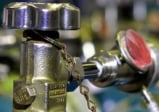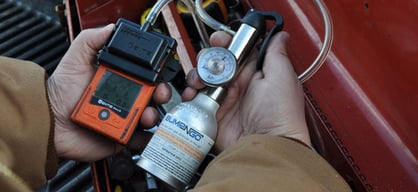iNet® Exchange
Simplify Your Gas Detection Program
iNet® Exchange—available within the iNet Control software— is a subscription service that covers calibration gas, docking stations, and training. iNet Exchange also notifies users that gas monitors need to be evaluated for replacement, before the user even knows there's a problem.
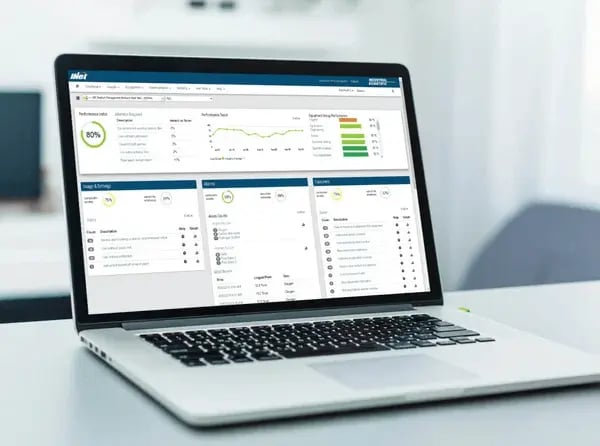
How iNet® Exchange Works
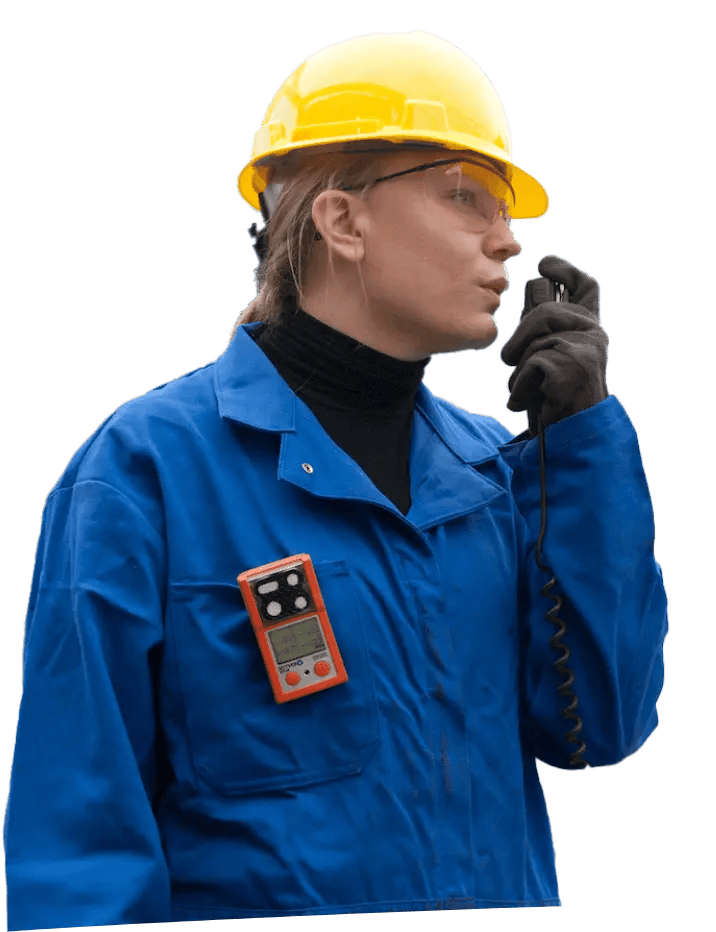
The Simple Way to Maintain Gas Monitors
Forget fixing broken monitors—we track device health to automatically notify users that gas monitors need to be evaluated for replacement, before the user even knows there's a problem.
Top Benefits
Always have the monitors you need, right when you need them.
Eliminate maintenance and repairs from your to-do list.
Get notified a monitor needs to be evaluated for replacements before it fails.
Enjoy great support that ensures your gas detectors are always ready to use.
Leave The Work To Us
Getting started with iNet Exchange is easy. Our implementation teams will walk you through everything you need to know, and you'll have access to the industry's best tech support anytime you need it.
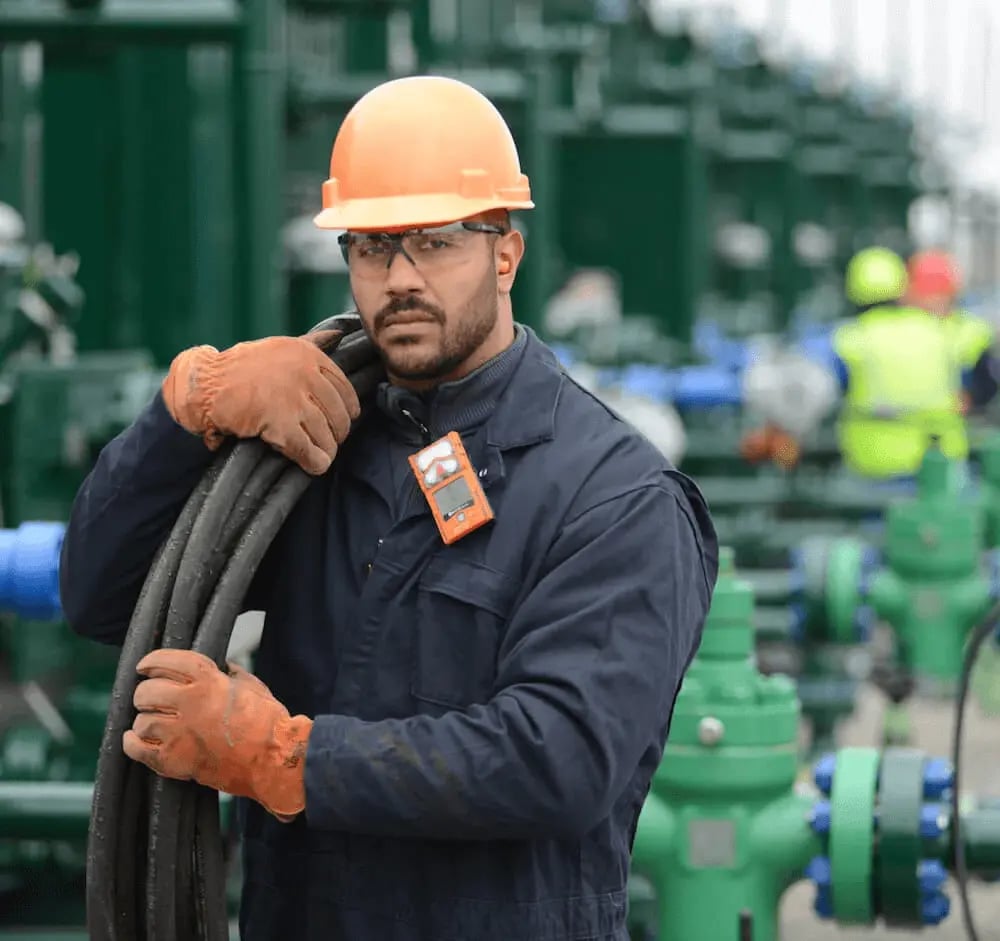
Explore our Resources
-
I got an alert about a sensor, and the next day I had a new monitor sitting on my desk. With iNet Exchange, we can change out the instrument before we’re at risk of having a safety situation.
HSE Advisor,
leading oilfield services company
-
If you have more than 10 instruments, you cannot live without iNet Exchange.
Health and Safety Specialist
leading petroleum refinery
-
I got an alert about a sensor, and the next day I had a new monitor sitting on my desk. With iNet Exchange, we can change out the instrument before we’re at risk of having a safety situation.
HSE Advisor,
leading oilfield services company
-
If you have more than 10 instruments, you cannot live without iNet Exchange.
Health and Safety Specialist
leading petroleum refinery
-
I got an alert about a sensor, and the next day I had a new monitor sitting on my desk. With iNet Exchange, we can change out the instrument before we’re at risk of having a safety situation.
HSE Advisor,
leading oilfield services company
-
If you have more than 10 instruments, you cannot live without iNet Exchange.
Health and Safety Specialist
leading petroleum refinery
Leave The Work To Us.
Fill out this form to talk to an expert.
Get immediate alerts about worker location and status, including high-alarm, low-alarm, TWA, STEL, panic, or man-down situations. iNet Now automatically provides status updates using texts, emails, and on-screen notifications so you can respond fast when it counts.
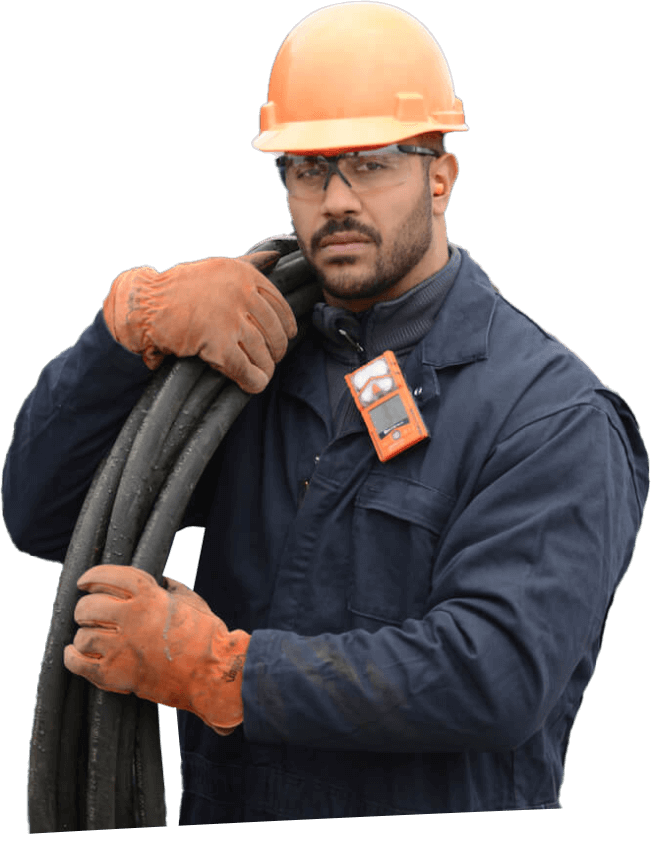
What kind of maintenance do gas detectors need?
To avoid downtime, gas detectors need to be bump tested daily, calibrated monthly, and charged after most shifts.
Bump tests—or functional tests—protect you on the job by ensuring that your gas monitor will alert you to harmful levels of gas. When bump testing, gas detector sensors are briefly exposed to a concentration of gas that is higher than the alarm set points to verify that the sensors on your gas detector will respond and an alarm will go off as expected.
NOTE: Bump tests do not check the accuracy of the gas reading—just that the sensors and alarms are working. The only way to know that your gas detector works is by bump testing it before each shift.
The easiest way to bump test your monitor is with a docking station that automatically tests the gas detector on a set schedule. This eliminates the time and hassle of manual bump testing. If a docking station is not available, you can also bump test manually with calibration gas.
Calibration ensures your gas detector can accurately detect gas levels. Calibrating the monitor means exposing it to a known concentration of calibration gas or test gas for a specific amount of time. This reading becomes the gas detector’s reference point for future readings.
Repeating the gas detector calibration process is crucial to ensuring accurate readings. Sensors can drift over time, and poisons and inhibitors can affect gas readings—that’s why monthly calibration is imperative.
To manually calibrate your gas detector, use tubing. To automatically calibrate your monitor on a set schedule, use a docking station. Calibrating your gas detector with a docking station also allows you to access past calibration records and easily generate calibration certificates for compliance purposes.
Using incorrect or expired calibration gas can lead to an improper calibration, meaning your gas detector won’t display accurate readings. This simple mistake can have life-altering consequences, so it’s important to always check the contents and expiration date of your calibration gas bottles. Once a bottle is expired, you should not use it because chemical reactions can take place inside the container and alter the contents.
Charging gas detectors after a shift ensures that they always have the power they need. In addition to performing bump tests and calibration, docking stations can also charge and perform other maintenance tasks while gas detectors are docked, making them a great option for keeping gas detectors in prime condition.
However, gas detectors also have microprocessors, pumps, and other components that may decline in performance over time. To completely avoid downtime, iNet Exchange enables your docking station to scan the performance of these other components and will automatically replace declining monitors before you experience downtime.
How can I avoid downtime with my gas detectors?
If you don’t have a service like iNet Exchange, then you can avoid downtime by handling all repairs on-site. It can be hard to ensure you have the right staff available at the right time to expedite repairs and maintenance needs. Often, staff are responsible for other equipment as well, and the workload can be sizable.
Downtime for repairs can slow your operations and create unnecessary risk for your workers. Alternatively, you might keep extra personal gas monitors on hand for times like this, but that drives your costs higher than needed.
With iNet Exchange, every time you dock your monitors, Industrial Scientific looks at the state of the sensors, the monitor, the circuit board, the microprocessors, and the pump. iNet Exchange will then tell you—before a monitor fails—whether it needs to be replaced soon. You’ll get an email alert when your replacement monitor is on the way.
Before you know it, an iNet Exchange box will be on your doorstep with a new unit to replace that questionable detector. That box has the new unit you need to get back up and running, plus a label to ship your damaged unit back to Industrial Scientific.
With iNet Exchange, you could have zero downtime per repair or as few as 1-3 days from unit failure. When outages are predicted through the DSX™ Docking Station, your new unit might even arrive before your current detector is out of range.
How much does it cost to maintain and repair gas detectors? Is it really cost-effective to use iNet Exchange?
Most safety managers don’t have a real idea of what they spend on gas detector maintenance and repair. Without a service like iNet Exchange, each repair is handled as needed and the total annual repair cost can’t be quickly assessed.
We did some math to determine just how much an average company really spends on gas detection. And we took it easy—we didn’t even add in the paperwork and approval for these expenses or purchase orders, which cost your company valuable time. It’s estimated that processing industrial purchase orders costs as much as $400 per order.
With iNet Exchange, every time you dock your monitors, Industrial Scientific looks at the state of the sensors, the monitor, the circuit board, the microprocessors, and the pump. iNet Exchange will then tell you—before a monitor fails—whether it needs to be replaced soon. You’ll get an email alert when your replacement monitor is on the way.
Before you know it, an iNet Exchange box will be on your doorstep with a new unit to replace that questionable detector—and it’s all included in the price of your iNet Exchange subscription. No work orders, no purchase order requests, and virtually no time for you or your team. By eliminating purchase orders, iNet Exchange dramatically reduces the time and costs associated with your gas detection program.
Is iNet Exchange a good program for me if I only have a few gas detectors?
Yes! You can have a more efficient gas detector program, whether you have four detectors or 200 detectors.
When uptime and safety are a priority and it is critical that your gas maintenance program run efficiently, we can customize a gas detector lease program that meets your needs. Regardless of the size of your fleet, iNet Exchange is the simple and painless way to manage your gas detection program.
How does the iNet Exchange program work?
iNet Exchange is a monthly subscription service that automatically replaces gas detectors as soon as their performance begins to decline.
Each time you dock your monitors, Industrial Scientific looks at the state of the sensors, the monitor, the circuit board, the microprocessors, and the pump. iNet Exchange will then tell you—before a monitor fails—whether it needs to be replaced soon. You’ll get an email alert when your replacement gas detector is on the way.
Before you know it, an iNet Exchange box will be on your doorstep with a new unit to replace that questionable detector—and it’s all included in the price of your iNet Exchange subscription. No work orders, no purchase order requests, and virtually no time for you or your team. By eliminating purchase orders, iNet Exchange dramatically reduces the time and costs associated with your gas detection program.
Can iNet Exchange track low or expired calibration gas?
Yes! As part of iNet Exchange, our docking stations track calibration gas levels and expiration dates and automatically reorder new cylinders when yours are low or approaching expiration.
By the time you need a new cylinder, it’s already at your door. You’ll never be forced to choose between safety and getting the job done.

